Yiyin Erin Chen, MD, PhD

Dr. Chen’s research aims to harness a common skin-colonizing bacterium, present on all our skin, to train the immune system to attack cancer without causing infection or inflammation. This process is known to occur—notably, across an intact skin barrier—but its mechanism is not well understood. Dr. Chen is investigating which skin cells sense these bacteria and transmit the signal to immune cells, and why the immune cells that respond are so effective at killing cancer. Ultimately, she intends to develop a new type of cancer vaccine using engineered skin bacteria to activate immune cells to effectively target and destroy tumors. While the project’s current focus is melanoma, the goal is to apply this therapeutic approach across cancer types.
Xianfeng Zeng, PhD
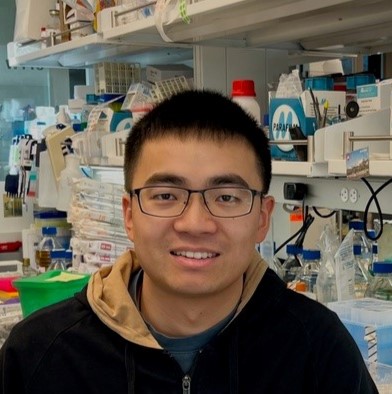
Emerging evidence underscores the profound impact of the gut microbiome, a collection of microorganisms within our digestive system, on cancer. These microorganisms collectively generate various metabolites that can significantly influence cancer progression and treatment outcomes. Dr. Zeng is employing synthetic communities and mouse cancer models to delve into the intricate connections between cancer and the microbiome. His synthetic communities, comprised of over 100 strains, allow for precise manipulation of the microbiome to elucidate the role of specific microbial metabolites in cancer. Additionally, Dr. Zeng is studying community-scale metabolism and using genetically edited strains to design synthetic communities with desired metabolic profiles. These approaches will gain valuable insights into microbiome-cancer interactions and establish a broadly applicable strategy to harness the therapeutic potential of gut microbiome. Dr. Zeng received his PhD from Princeton University, Princeton and his BS from Tsinghua University, Beijing.
Teng Gao, PhD
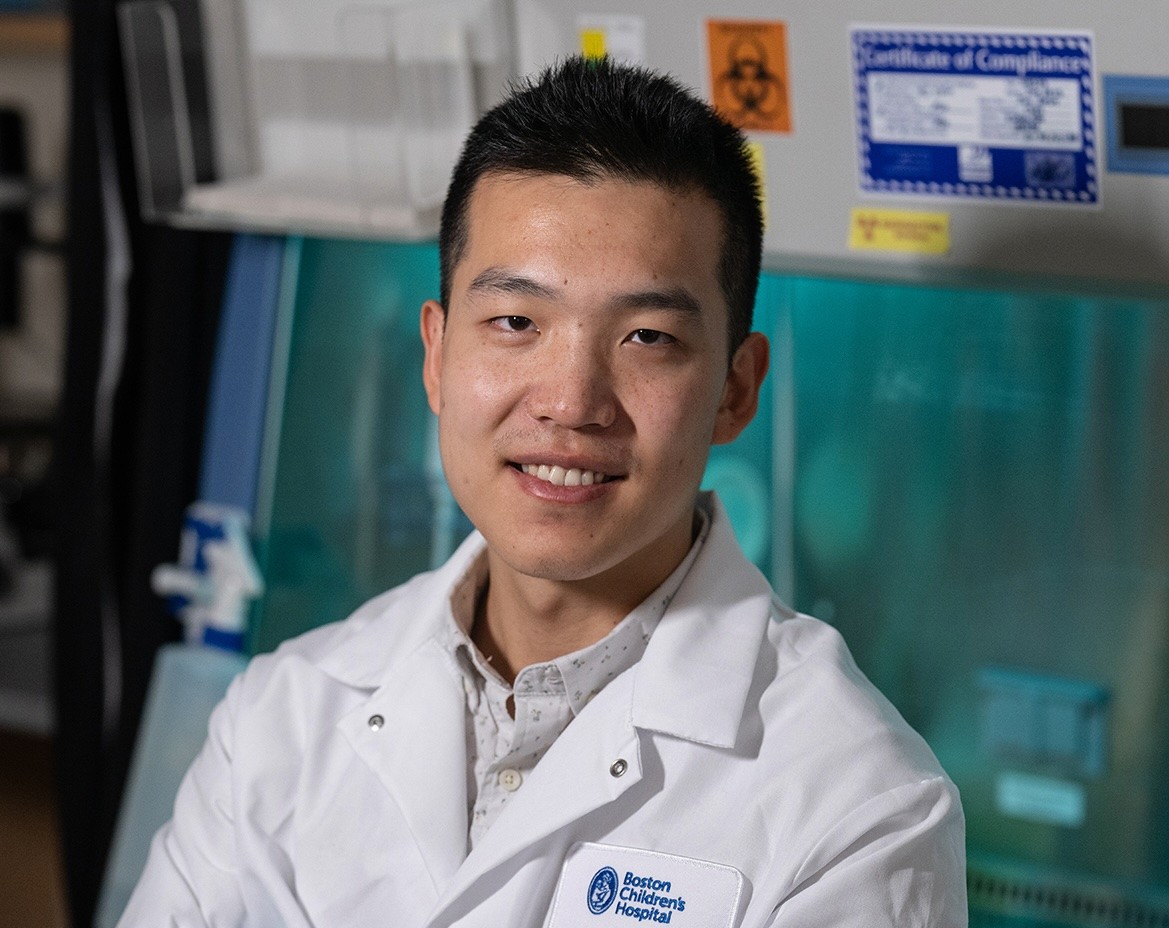
Hematopoietic stem cells, which are found in the bone marrow and give rise to all other blood cells, maintain lifelong blood production and immune function. Due to their remarkable ability to regenerate the entire blood system, medical uses of HSCs have provided cures for many previously incurable diseases, including blood cancers. However, several unanswered questions limit our ability to full harness their therapeutic potential for cancer treatment. What regulates HSC regeneration? Why does their function decline with age? How does HSC behavior vary in healthy individuals? Using cutting-edge single-cell analyses and computational biology, Dr. Gao [HHMI Fellow] aims to identify the molecular and cellular factors involved in HSC regeneration, as well as possible targets for enhancing their regenerative potential. This work could enable significant improvements in stem cell-based therapies for cancer treatment. Dr. Gao received his PhD from Harvard University, Cambridge and his BS from Washington University, St. Louis.
Sue Im Sim, PhD
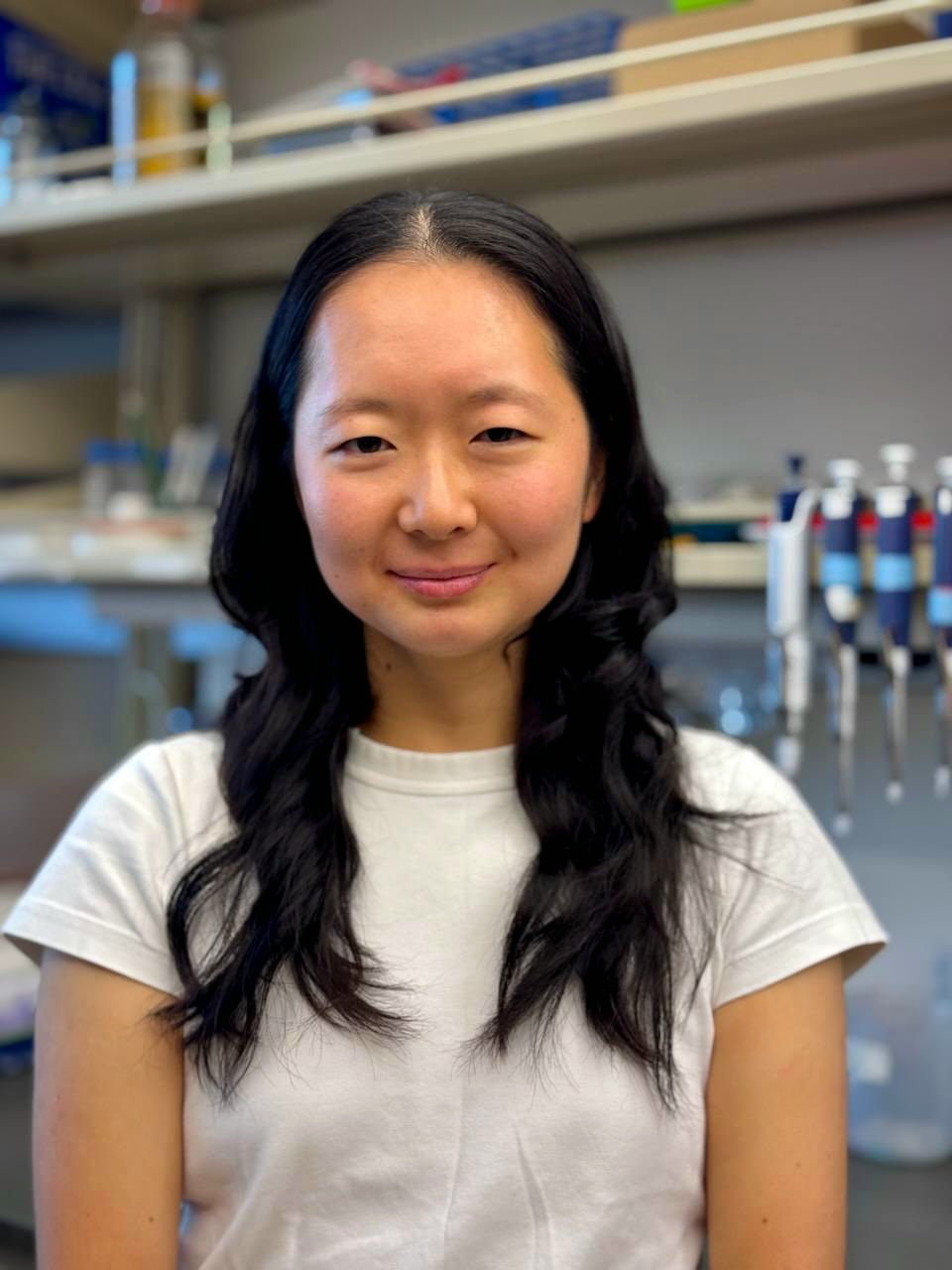
To power directional movement, cells build dynamic sheet-like protrusions at their leading edge. How individual molecules are coordinated to produce these changes in cell morphology is poorly appreciated. Dr. Sim [Connie and Bob Lurie Fellow] uses immune cell migration as a model system to investigate the self-organization of a protein assembly known as the WAVE complex, which facilitates the formation of these protrusions in migratory cells. Her work will harness recent advances in electron microscopy and protein prediction and design to study the mechanism of the WAVE complex. As a critical player in cell migration, the dysregulation of the WAVE complex is associated with tumor cell invasion and metastasis in several cancer types. This aberrant migration enables cancer cells to travel to and infiltrate adjacent tissue sites. Understanding the fundamental mechanisms of cell migration can thus better inform the development of therapeutics that limit the progression of cancer. Dr. Sim received her PhD from the University of California, Berkeley and her BA from Bowdoin College, Brunswick.
Sangin Kim, PhD
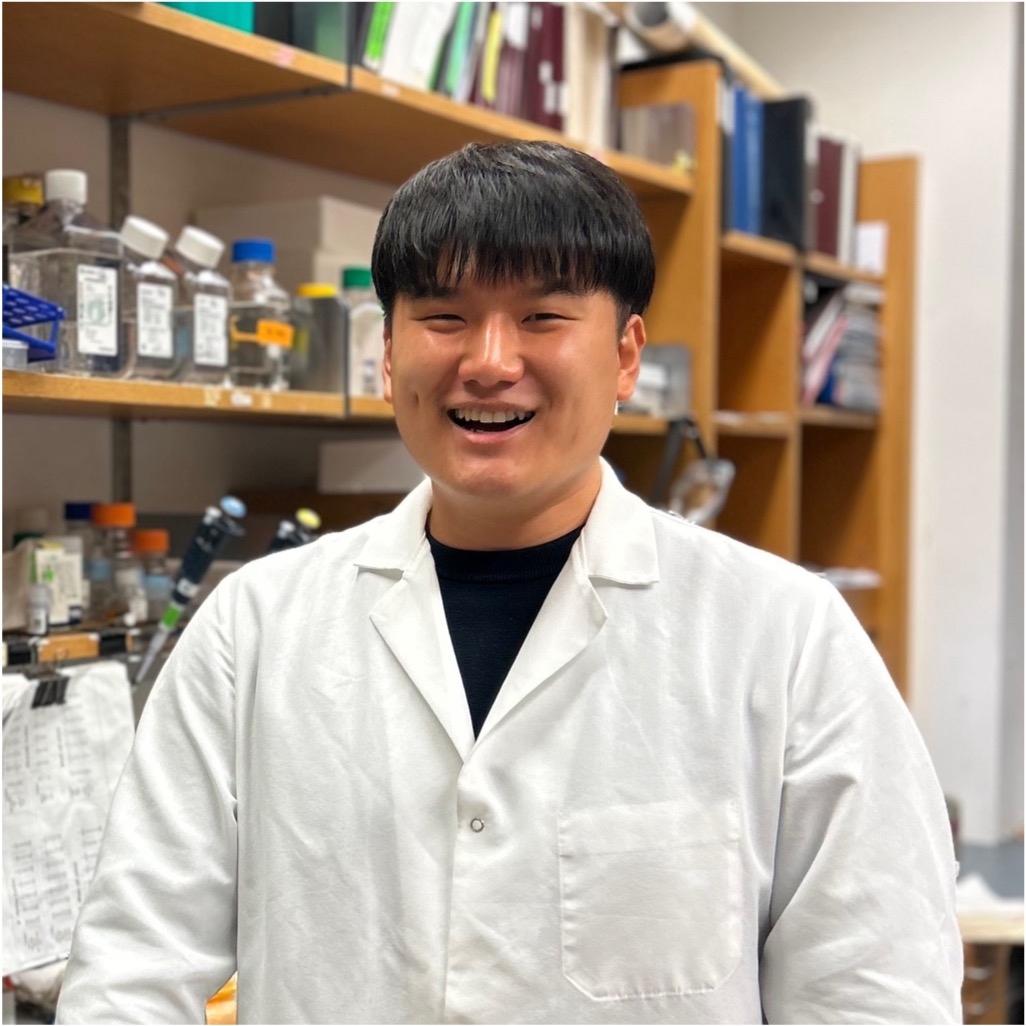
The cellular response to DNA damage is coordinated by an enzyme known as ATM kinase. Mutations in ATM are found in approximately 1% of the population and contribute to an increased risk of both hereditary and sporadic cancers, including breast cancer. Dr. Kim’s research investigates how ATM suppresses the production of double-stranded RNAs (dsRNAs) in response to DNA damage. These dsRNAs play a critical role in tumor progression. Dr. Kim aims to identify the key molecular players involved in ATM-mediated suppression of dsRNAs and elucidate how the loss of ATM function triggers inflammatory responses through dsRNA sensing pathways. By uncovering these mechanisms, Dr. Kim aims to deepen our understanding of how ATM mutations drive cancer development and uncover novel therapeutic strategies for ATM-associated cancers. Dr. Kim received his PhD and BS from the Ulsan National Institute of Science and Technology, Ulsan.
Meghan A. Morrissey, PhD
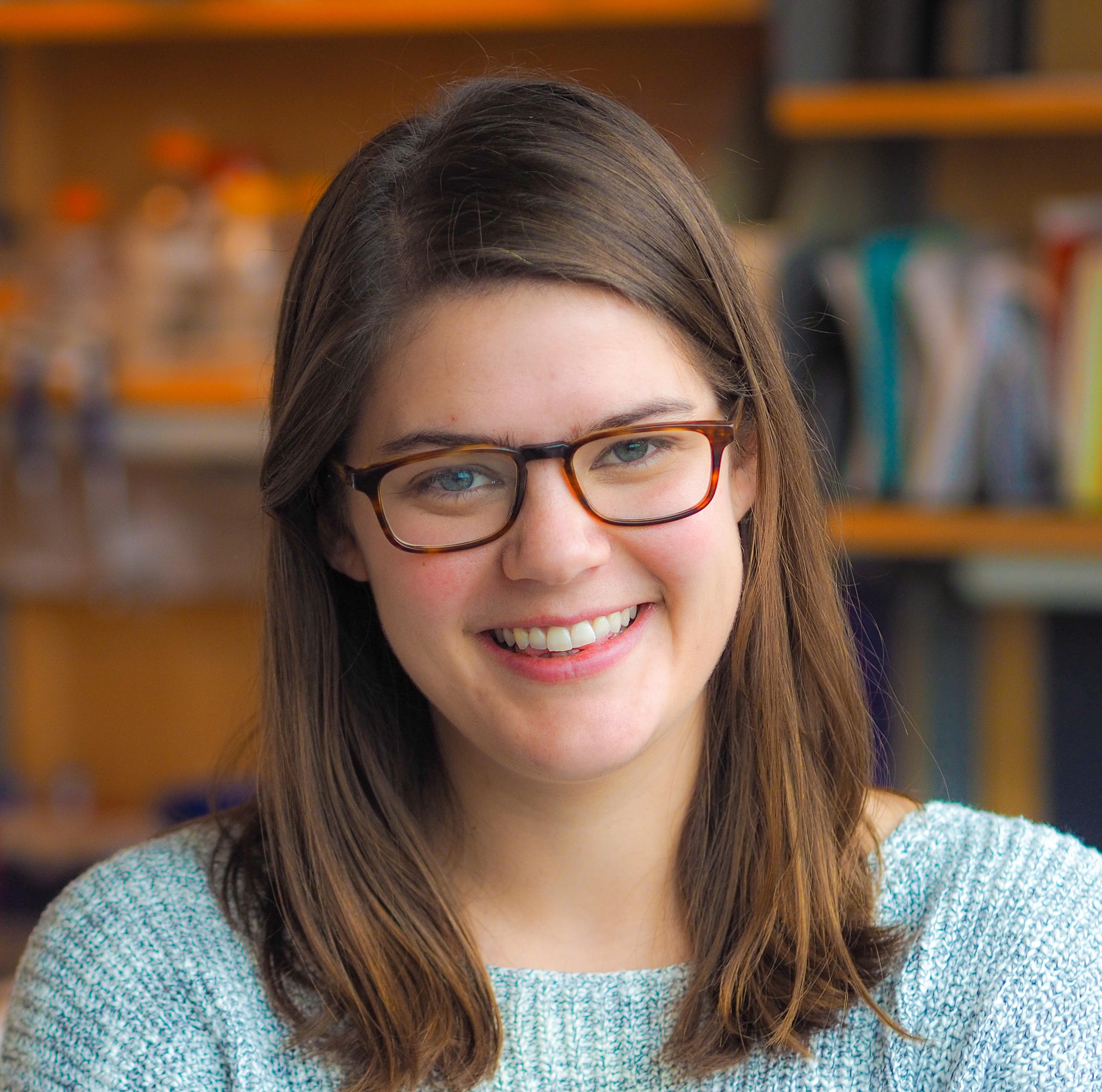
Certain immunotherapies work by instructing macrophages, a type of innate immune cell, to attack the tumor by phagocytosing, or eating cancer cells. However, macrophages rarely eat an entire cancer cell within a solid tumor. Instead, they nibble pieces off the cancer cell, a process called trogocytosis. While phagocytosis kills the cancer cell, trogocytosis usually doesn’t – and worse, nibbling removes the markers on the cancer cell that allow the immune system to recognize it as a threat. Dr. Morrissey is studying why some cancer cells die after being nibbled while others survive, with the goal of making macrophage-activating immunotherapies more effective. Specifically, she is studying Her2-positive breast and ovarian cancers, as it has been shown that Her2 immunotherapies cause trogocytosis instead of phagocytosis. This research could enhance any immunotherapy that is designed to activate macrophage phagocytosis, improving treatment of diverse cancers like lung cancer, lymphoma, and glioblastoma.
Mark Yarmarkovich, PhD
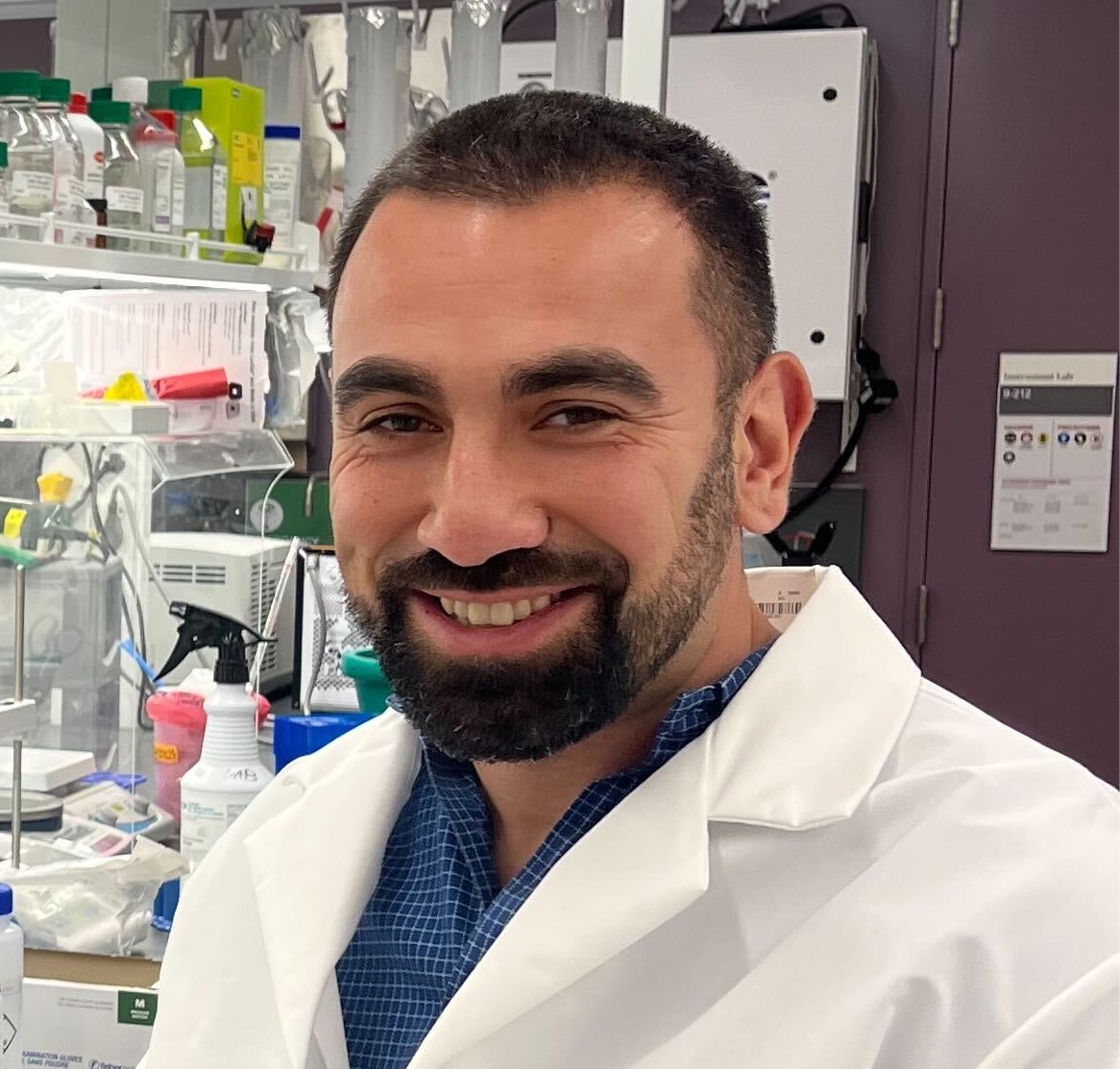
CAR T cells, or genetically engineered immune cells, have transformed the treatment of cancer in recent years, achieving cures for many patients who previously faced terminal diagnoses. Despite the remarkable impact that CARs have had on patients and families, however, fewer than 5% of cancer patients currently benefit from these therapies. A major barrier to broader CAR applications lies in the identification of tumor-specific targets: only ~0.00000001% of the cell surface distinguishes tumor cells from healthy cells. To date, CARs have targeted molecules on the surface of tumor cells, but the majority of tumor-specific molecules reside within the cell, where they are inaccessible to conventional CARs. Dr. Yarmarkovich’s team has pioneered a new class of CAR T cells that are able to target key drivers of cancer. These CARs completely eradicate aggressive tumors in preclinical testing and are entering the clinic in 2025. Encouraged by this success, he has proposed three new strategies to comprehensively map the landscape of subtle molecular differences that distinguish tumor cells from healthy cells. He will map the “known unknowns” using cutting-edge technologies for characterizing the surface of tumor cells, as well as the “unknown unknowns” by harnessing the immune system’s intrinsic capacity for identifying foreign targets. The goal of this study is to significantly expand the landscape of actionable immunotherapy targets, paving the way for curative therapies that benefit a much larger population of cancer patients.
Kheewoong Baek, PhD

Attaching a small molecule known as ubiquitin to a protein, in a process called ubiquitylation, targets that protein for degradation. By utilizing the ubiquitylation machinery, scientists are now able to target cancer-causing proteins for degradation, a strategy that has proven effective with drugs such as Lenalidomide/Revlimid to treat multiple myeloma. One way to bring proteins in proximity to ubiquitin ligases (attachers) is with synthetic adhesion molecules, or “molecular glue.” This may provide a means of targeting proteins previously deemed undruggable, including those that lack a binding site for inhibitors. Dr. Baek aims to expand the degradable proteome by establishing a formula for the design of molecular glues to target cancer-causing proteins as a therapeutic modality. Dr. Baek received his PhD from Technical University of Munich and Max Planck Institute of Biochemistry, Munich, his MS from University of Tennessee Health Science Center, Memphis, and his BA from Rutgers University, New Brunswick.
John Devany, PhD
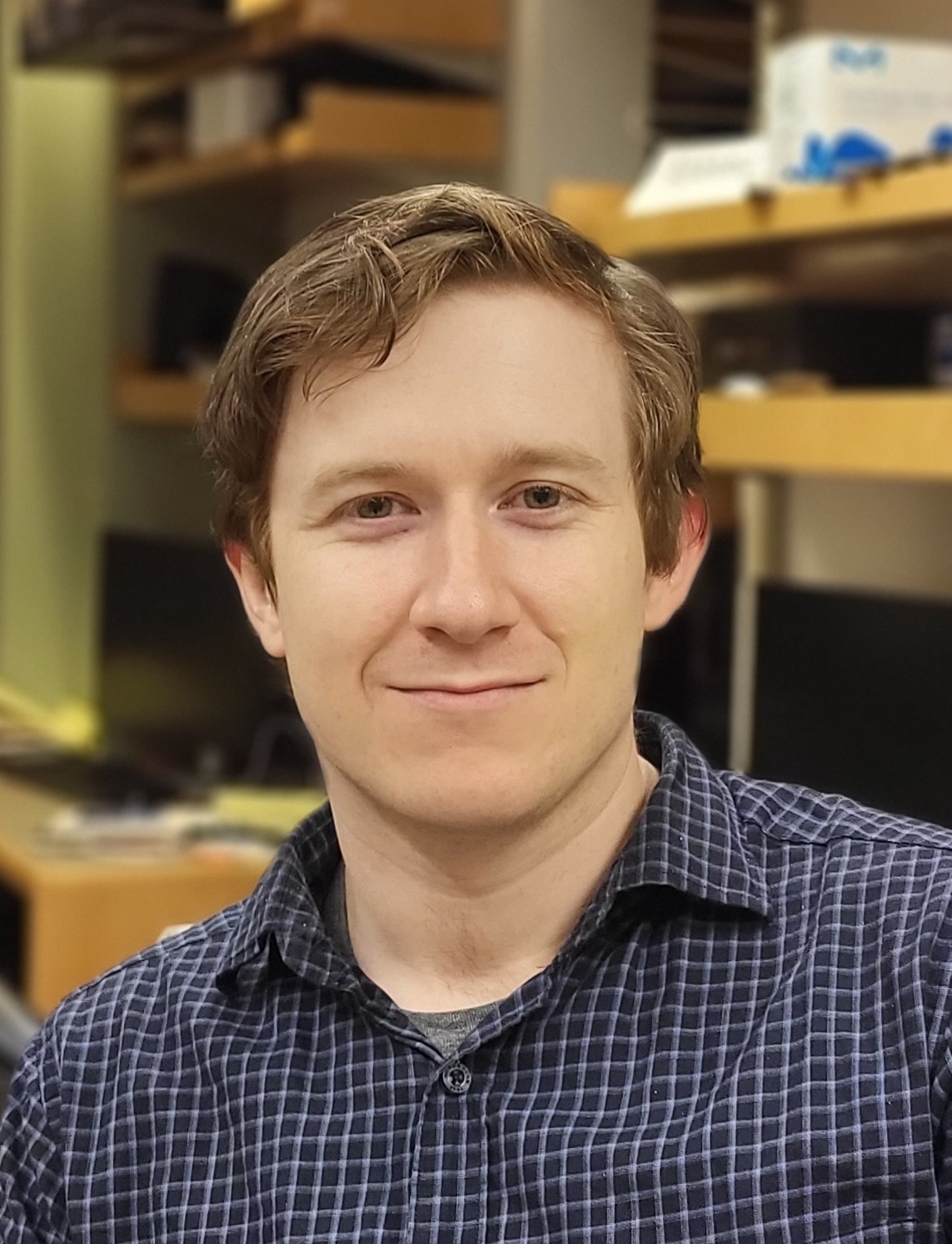
T cell therapies have led to promising results in treating blood cancers, but new approaches are required to translate these results to solid tumors. In solid tumors, T cells face unique challenges in the tumor microenvironment (TME), which limits the persistence and efficacy of adoptive T cell therapies. In T cell lymphomas (TCLs), tumor cells overcome many of the same challenges through acquired mutations. Fueled by natural selection, tumor mutations produce novel and elegant solutions to address T cell deficits in the TME. Understanding that these modifications may be superior to current bioengineering capabilities, Dr. Devany [Bakewell Foundation Fellow] plans to introduce gain-of-function mutations into therapeutic T cells to grant them the ability to survive, proliferate, and function in the TME. He will determine how each mutation restores different aspects of T cell function, allowing for the design of combinations of mutations that act synergistically. His results will aid in the development of next-generation T cell therapies to cure solid tumors. Dr. Devany received his PhD from University of Chicago, Chicago and his BS from University of California, Santa Barbara.
James C. Taggart, PhD

Antimicrobial resistance is a growing crisis that imperils our ability to protect patients immunocompromised by cancer treatment. Despite this, the few new antibiotics currently in clinical trials primarily use established mechanisms of action. Identification of new targets for antimicrobial drugs is thus an urgent clinical need. Recent work has shown that bacteria can tolerate substantial inhibition of many proteins thought to be essential for growth, rendering them poor drug targets. The mechanisms that cause this robustness are poorly understood. By combining cutting-edge microfluidic technologies with methods for controlled gene repression, Dr. Taggart will systematically identify mechanisms that allow bacterial cells to tolerate inhibition of genes critical for cellular growth. This work will guide the selection of targets for future antibiotic development and may reveal mechanisms by which to sensitize bacterial cells to existing drugs. Dr. Taggart received his PhD from Massachusetts Institute of Technology, Cambridge and his BS from Haverford College, Haverford.
